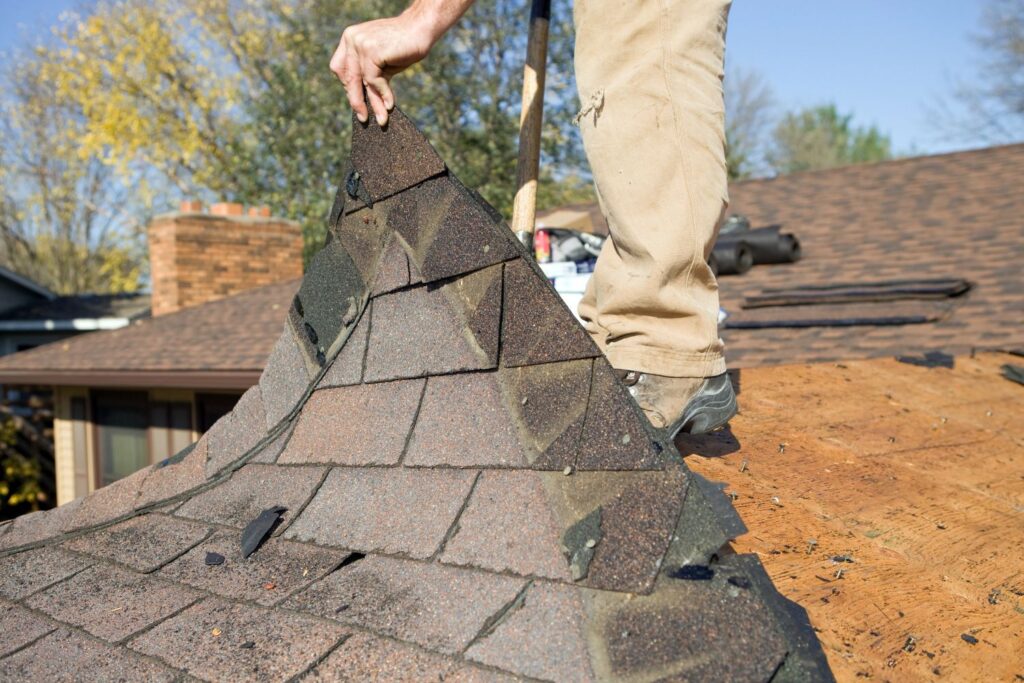Your roof is one of the most critical components of your home, providing essential protection against the elements. Over time, however, even the most durable shingle roof will start to show signs of wear and tear. Ignoring these signs can lead to significant problems, from leaks to structural damage. Replacing your shingle roof before these issues escalate is crucial for maintaining the integrity of your home and saving money in the long run.
Why Shingle Roofs Deteriorate
Shingle roofs are popular for their affordability, versatility, and ease of installation. However, they are not immune to the effects of time and weather. Several factors contribute to the deterioration of a shingle roof:
-
Weather Exposure: Sun, rain, wind, and snow can all take a toll on shingles. Over time, UV rays can cause shingles to dry out and become brittle, while moisture can lead to mold, mildew, and rot.
-
Age: Most shingle roofs have a lifespan of 20 to 25 years. As they age, shingles lose their protective granules, making them less effective at shielding your home from the elements.
-
Poor Ventilation: Inadequate attic ventilation can trap heat and moisture, accelerating the aging process of shingles and leading to premature failure.
-
Storm Damage: High winds, hail, and falling debris can cause immediate damage to shingles, such as cracks, missing pieces, or curling, compromising the roof’s ability to protect your home.
The Risks of Delaying Roof Replacement
Delaying the replacement of a deteriorating shingle roof can lead to a host of problems:
-
Leaks and Water Damage: As shingles lose their effectiveness, water can seep into your home, causing damage to ceilings, walls, floors, and even the structural integrity of your house.
-
Increased Energy Costs: A compromised roof allows air to escape, making your heating and cooling systems work harder to maintain a comfortable temperature. This inefficiency can lead to higher energy bills.
-
Mold and Mildew Growth: Water infiltration can create the perfect environment for mold and mildew to thrive, posing health risks to your family and leading to costly remediation efforts.
-
Decreased Home Value: A damaged or aging roof can significantly reduce the value of your home, making it less appealing to potential buyers.
The Benefits of Timely Roof Replacement
Replacing your shingle roof before significant issues arise offers several benefits:
-
Enhanced Protection: A new roof provides reliable protection against the elements, safeguarding your home from leaks and weather-related damage.
-
Improved Energy Efficiency: Modern shingles offer better insulation, helping to regulate indoor temperatures and reduce energy costs.
-
Increased Property Value: A new roof boosts your home’s curb appeal and increases its market value, making it a worthwhile investment.
-
Peace of Mind: Knowing your home is well-protected allows you to rest easy, especially during storm season when your roof is your first line of defense.
When to Consider Roof Replacement
It’s important to know when your shingle roof is reaching the end of its lifespan. Here are some signs that it may be time for a replacement:
-
Age: If your roof is over 20 years old, it’s likely nearing the end of its useful life.
-
Visible Damage: Look for cracked, curled, or missing shingles, as well as granule loss that leaves bald spots on your roof.
-
Frequent Repairs: If you’re constantly patching leaks or replacing shingles, it may be more cost-effective to replace the entire roof.
-
Sagging: A sagging roof is a sign of serious structural damage and requires immediate attention.
Conclusion
Replacing a shingle roof is a significant but necessary investment in the longevity and safety of your home. By addressing roof issues early, you can prevent costly damage, enhance your home’s energy efficiency, and maintain its value. Don’t wait until it’s too late—ensure your home is protected with a timely roof replacement.


